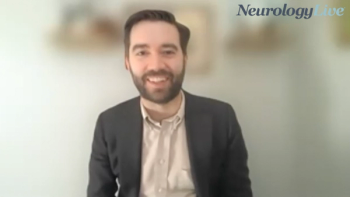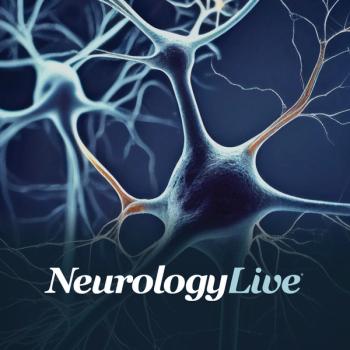
Daniel Claassen, MD, MS: Selective Knock-Downs in Huntington Disease
The associate professor of neurology at Vanderbilt University Medical Center spoke to the findings of a recent study in Huntington disease that assessed the feasibility of selectively knocking down mutant protein expression.
“[These SNPs] are actually far, far away from the CAG repeat. They’re thousands of base pairs away, so the methodological advances that were taken to do this [sequencing] was quite impressive.”
Daniel O. Claassen, MD, MS, associate professor of neurology, Cognitive and Behavioral Neurology and Movement Disorders, Vanderbilt University Medical Center, and colleagues recently conducted a study utilizing a next-generation sequencing method in Huntington disease which showed heterozygosity of SNP1 and/or SNP2 in 72% (n = 146) of patients in their assessment. The 2 polymorphisms were associated only with the mutant HTT (mHTT) allele in 61% (95% high-density interval: 55—67) of individuals.
All told, the data suggest that allele-selective therapies may potentially address a significant portion of the population with Huntington disease. With 2 such therapies in the pipeline from Wave Life Sciences that target SNP1 and SNP2—WVE-120101 and WVE-120102—this highlights an important opportunity to answer what Claassen describes as a “fundamental question” about Huntington: Is it safe and effective to knock-down wild type Huntington protein expression?
To find out more about the sequencing method used and what the findings of this study can tell the clinical community treating Huntington, NeurologyLive sat down with Claassen.
REFERENCE
Claassen DO, Corey-Bloom J, Dorsey ER, et al. Genotyping single nucleotide polymorphisms for allele-selective therapy in Huntington disease. Neurology. 2020;6(3):e430. doi: 10.1212/NXG.0000000000000430
Newsletter
Keep your finger on the pulse of neurology—subscribe to NeurologyLive for expert interviews, new data, and breakthrough treatment updates.



































